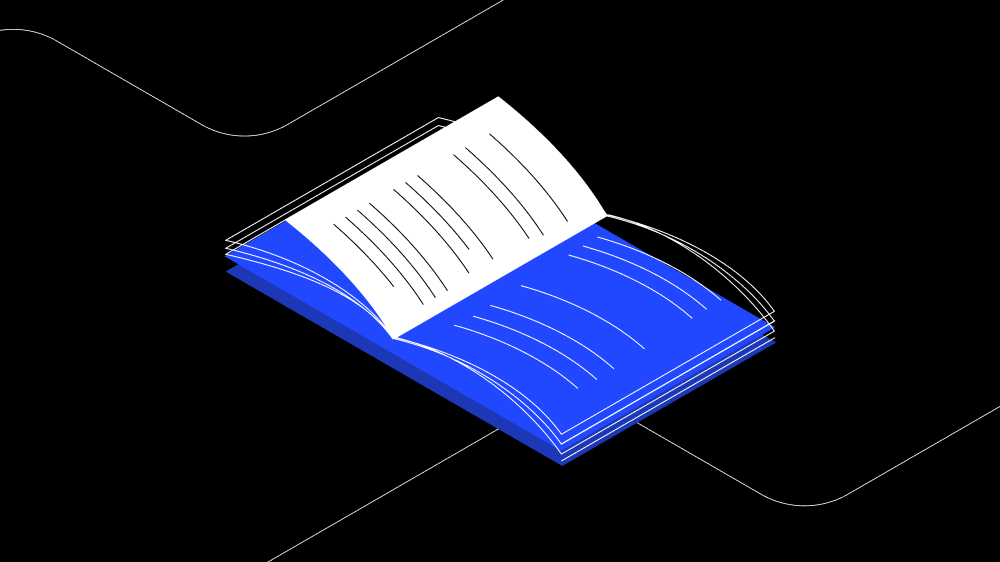An orchestration layer is the coordinating logic that connects LLMs, AI agents, and external components into a reliable AI system. It ensures that tool calls, workflows, and results flow in the right order, with the right safeguards, so the overall system behaves predictably at scale.
Key characteristics
- Workflow management – Defines and sequences multi-step processes
- Reliability controls – Handles retries, backoff, and idempotency to avoid errors
- Observability – Captures logs, metrics, and traces for debugging and monitoring
- Tool composition – How multiple tools can be chained (e.g., search → summarize → email)
- Policy enforcement – Applies guardrails, content filters, and compliance rules
- Error handling – Manages failures gracefully without breaking the system
- Integration glue – Connects agents, MCP clients, and MCP servers into end-to-end flows
Unlike an AI agent, which makes decisions about what to do, the orchestration layer governs how those decisions are executed across tools and systems.
Understanding the relationships
Orchestration vs. AI agent
- AI agent – reasoning + tool choice (“I need weather data → call the weather tool”).
- Orchestration – workflow + reliability (“make the call, retry if it fails, log the result, pass it to the next step”).
Without orchestration
- Tool calls may succeed but remain isolated.
- Failures can cascade without visibility or recovery.
- Complex, multi-step processes become brittle.
With orchestration
- Systems scale reliably with retries and monitoring.
- Agents remain focused on reasoning, not plumbing.
- Teams can enforce policies and gain system-wide visibility.
Key distinction: The orchestration layer doesn’t decide what needs to be done; it ensures that what the agent decides actually happens, safely and reliably.
Example
A customer-support AI system where the agent chooses to:
- Query a knowledge base for an answer.
- Call a ticketing API if escalation is needed.
- Summarize the interaction for the user.
The orchestration layer ensures that each step executes in the right order, retries failed API calls, logs the entire workflow, and applies compliance filters before sending the final answer back to the customer.
Non-examples
- The AI agent – Makes decisions and chooses tools, but does not coordinate workflows or retries.
- The LLM – Generates text and reasoning outputs, but does not manage execution.
- The MCP client – Executes tool calls, but does not oversee reliability or sequencing.
- The MCP server – Exposes tools, but does not orchestrate how they’re used.
- The MCP host – Provides the runtime environment, but not workflow management or guardrails.
The orchestration layer is the coordination glue: it ensures reliability, workflows, and compliance across components, but it is not itself a reasoning, execution, or capability layer.

